- Home
- slideshows
- miscellaneous
- Airbus is one of the most powerful companies in aviation. Here's a closer look at its rise from upstart to industry titan.
Airbus is one of the most powerful companies in aviation. Here's a closer look at its rise from upstart to industry titan.
By the 1960s, European plane makers had proved they could build really good jetliners. The Brits had planes like the Hawker Siddeley Trident and...

... The de Havilland Comet.
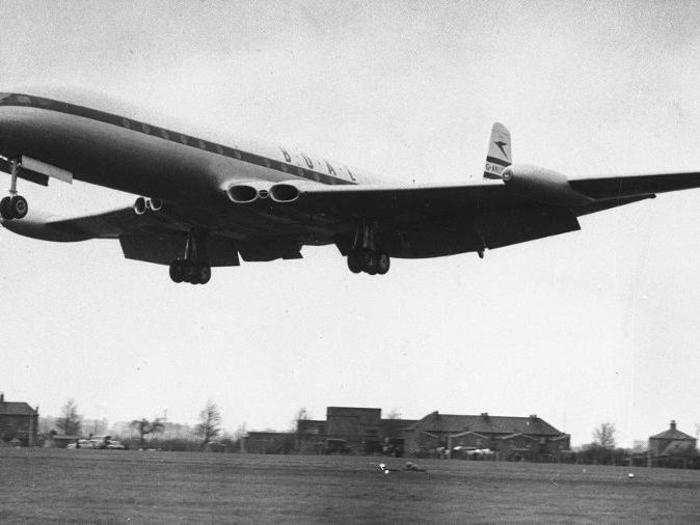
The French produced the Sud Aviation Caravelle.
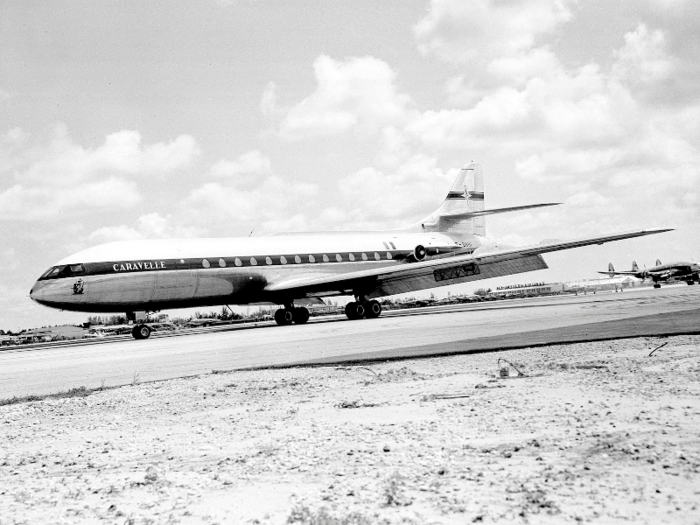
Together, the two nations teamed up to build the Concorde. To this date, the Concorde remains the world's first and only commercially viable supersonic airliner. But on their own, the individual European manufacturers could not take on the might of the Americans.
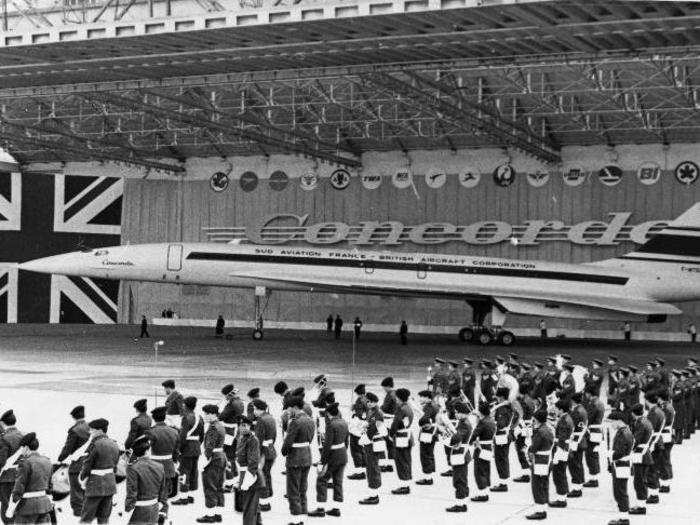
After all, the Douglas DC-8 and ...
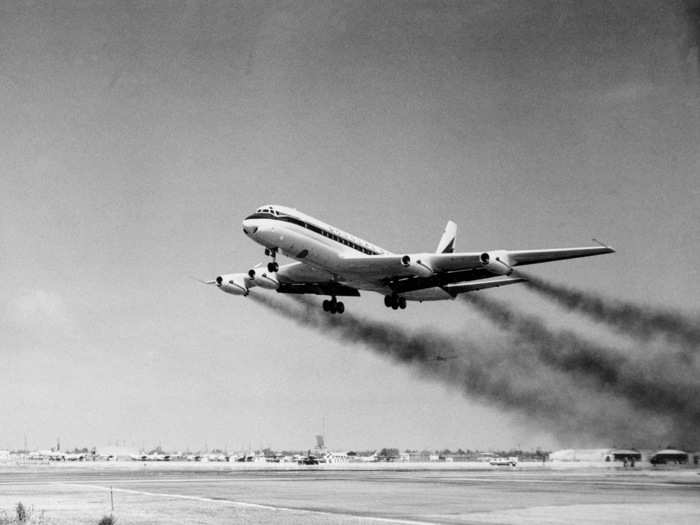
... Boeing 707 had become new workhorse jets for airlines around the world.

Plus, a new generation of wide-body American airliners was on their way. This group was headlined by Boeing's iconic four-engine 747 jumbo jet.
There was also the McDonnell Douglas DC-10 and...
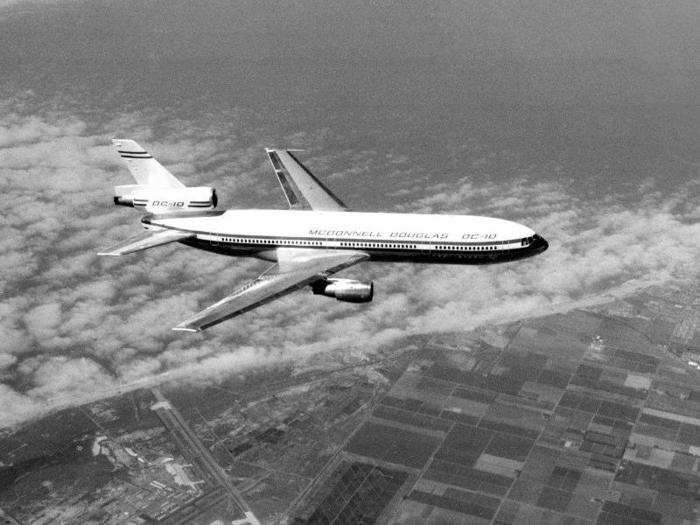
...The Lockheed L-1011 TriStar.
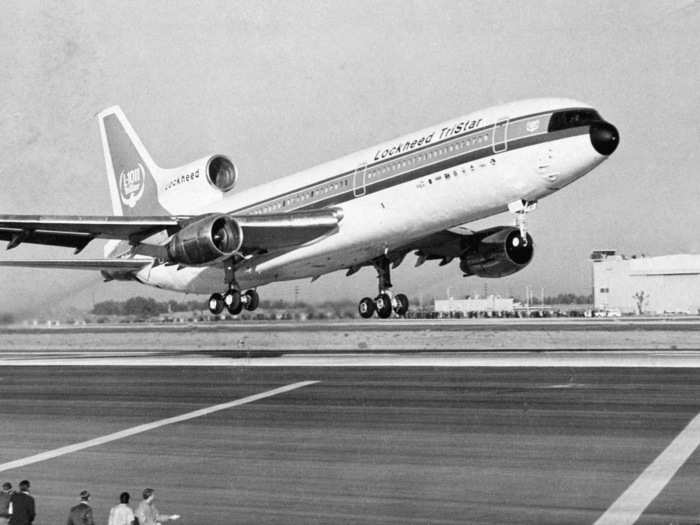
The Europeans needed a wide-body jet of their own. On May 29, 1969, the French and German governments agreed to lead a consortium that would produce and sell the A300B airliner.
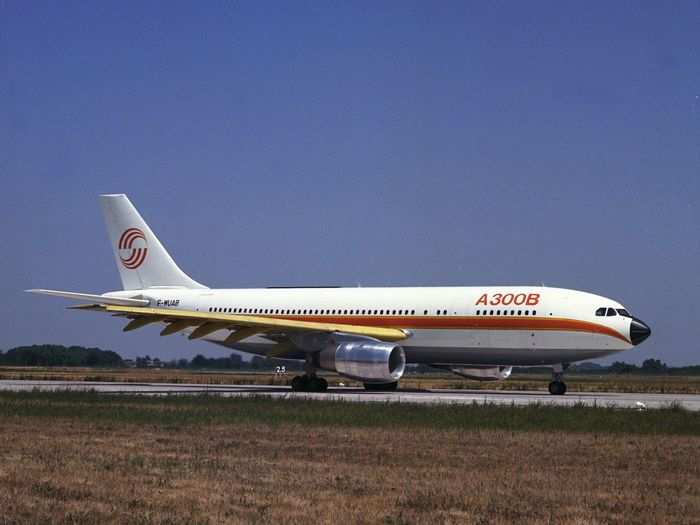
To differentiate itself from the competition, Airbus made it a strategic point to offer a high level of technology in all of its aircraft. This included innovative construction techniques like the employment of lightweight composite materials.
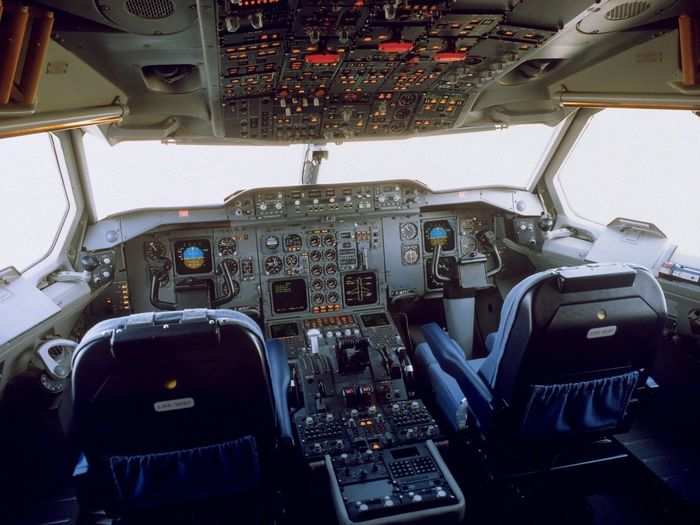
From the very beginning, the consortium agreed to build the A300 using parts from its various European members. To transport the various components to the assembly plant, Airbus used trucks, barges, and a fleet of over-sized transport planes called Super Guppys.
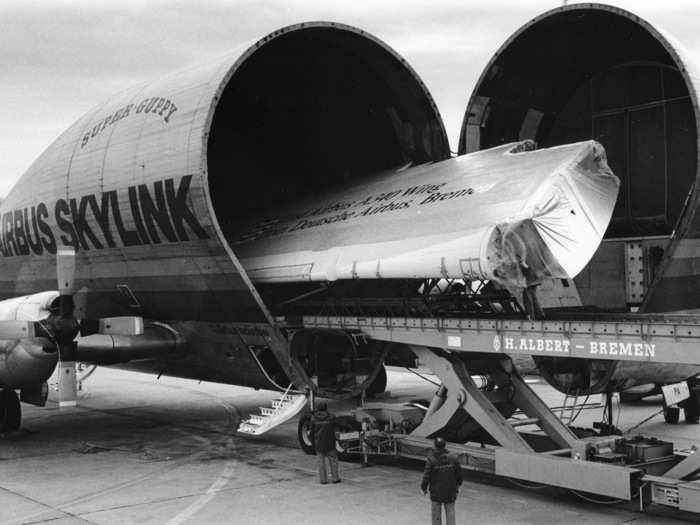
On September 3, 1970, Airbus made its first sale; an order from Air France for six A300Bs. However, Air France felt the 250-seater was too small. So, Airbus re-stretched the A300B1 to 270 seats to create the A300B2.
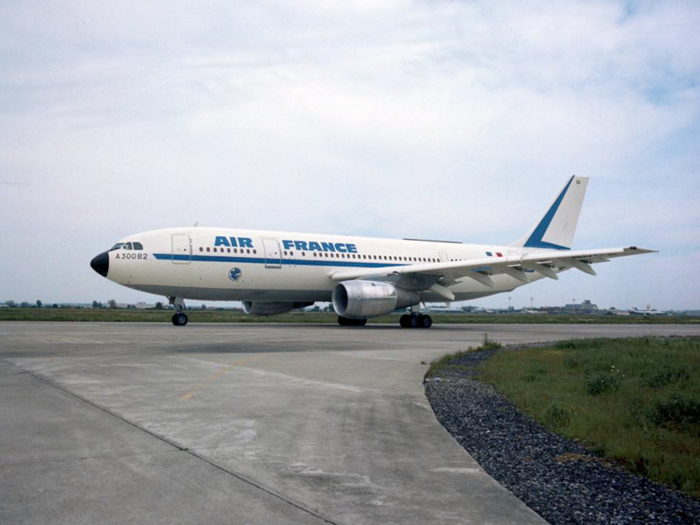
On October 28, 1972, the Airbus A300B made its maiden flight.
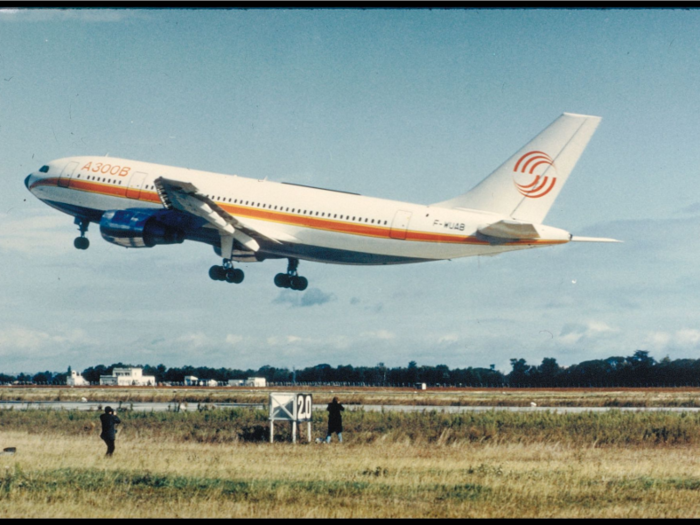
Airbus then took the A300B on an international sales tour. But, even after netting orders from global airlines likes Lufthansa, South African Airways, Thai Airways, and Korean Air, Airbus was effectively frozen out of the US market.
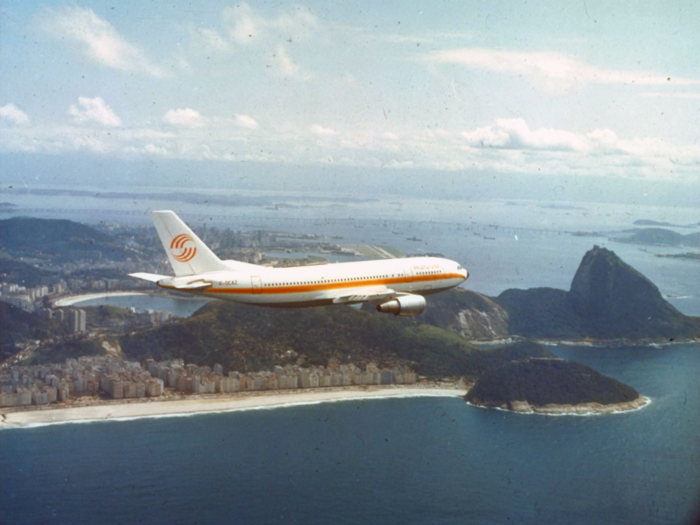
That all changed in 1978 when Airbus handed over four A300s to Eastern Airlines for a "free" six-month trial. All Eastern Airlines had to do was pay for its custom interior.
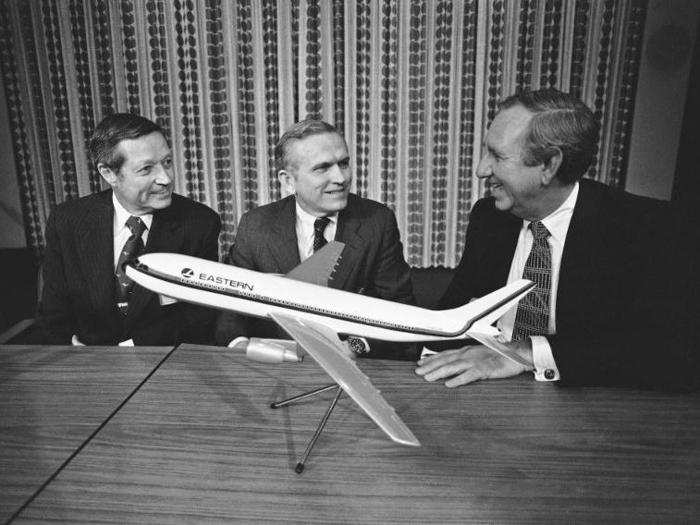
At the end of the six months, Borman ordered 23 more Airbus A300s. Airbus had arrived in America!
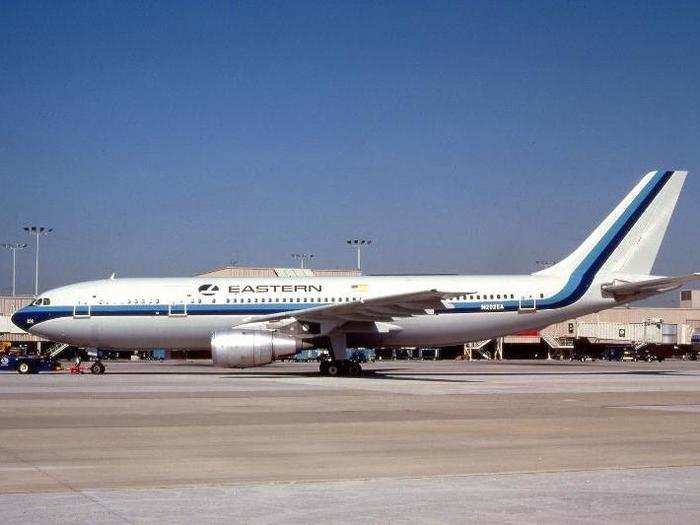
In July 1978, Airbus launched its second model, the A310. It was derivative of the A300 that was shorter but with much greater range.
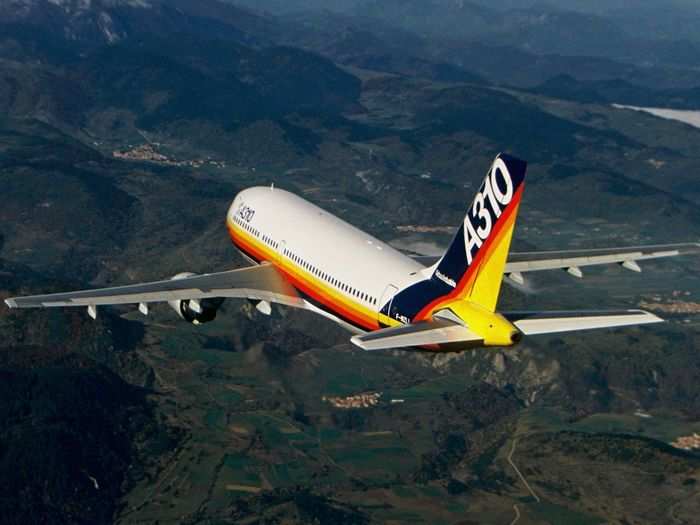
During the 1970s, Boeing concentrated on growing its highly lucrative jumbo jet business while casually staying out of the smaller widebody market. Boeing didn't build a jet in the A300's segment until it launched the 767-200 in 1978. By the time the 767 entered service in 1981, the L-1011 was effectively done while the DC-10 was in a weakened position because of a scandal.
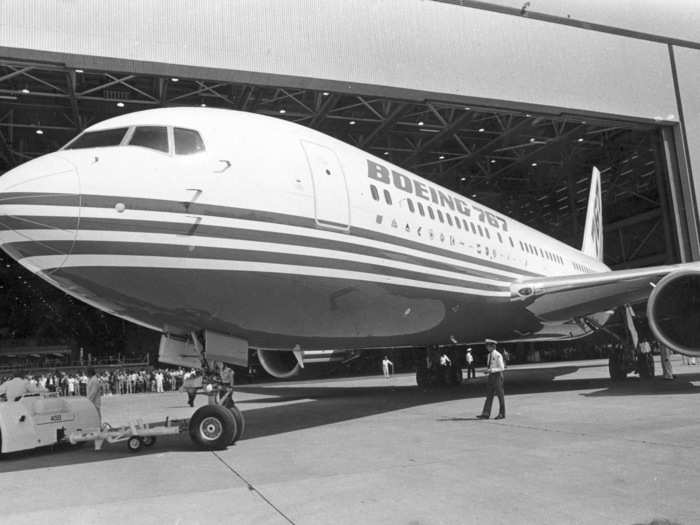
However, Airbus didn't truly become a global power until the arrival of the single-aisle A320. It was the company's first all-new design since the A300.
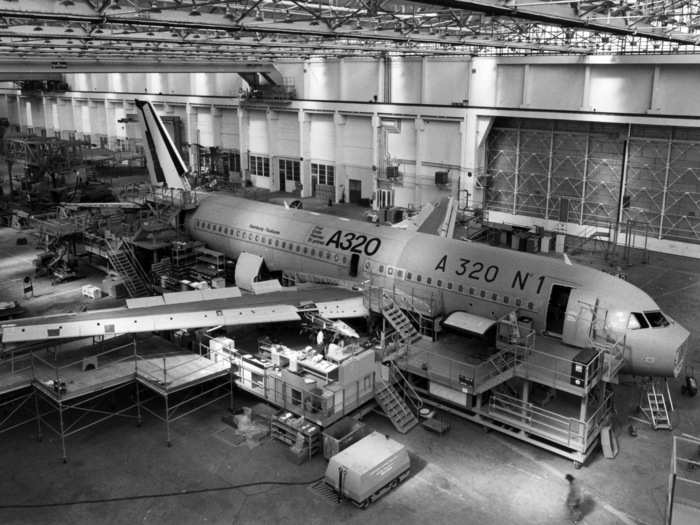
In June 1981, Air France announced its intent to buy 25 of the yet-to-be-launched jet.
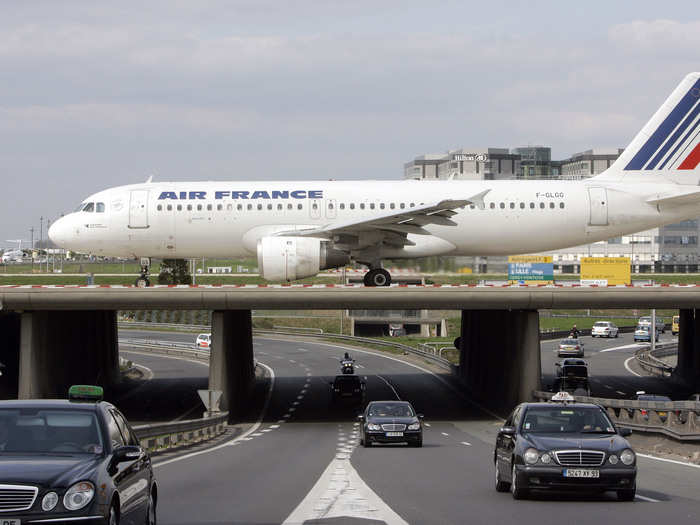
Airbus launched a stretched version of the A320 called the A321 in 1989. In 1993, Airbus rounded out the A320 family with the addition of two smaller versions called the A318 and A319.
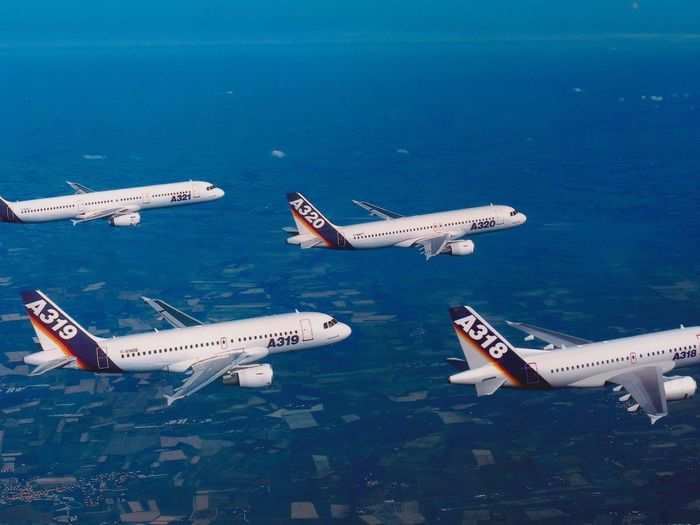
Since its debut, the A320 family has become the best-selling jet in the world with more than 14,000 planes ordered.
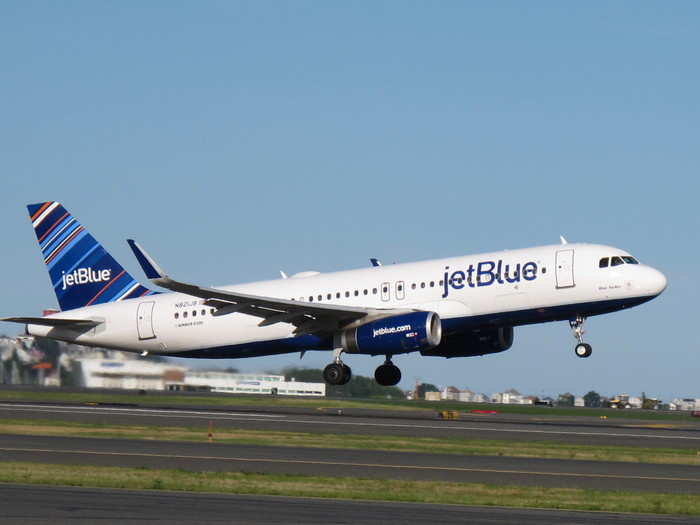
The A320 marked the arrival of the digital cockpit and fly-by-wire technology in airliners. According to Aboulafia, the A320 and its many technological innovations make it Airbus's greatest contribution to commercial aviation.
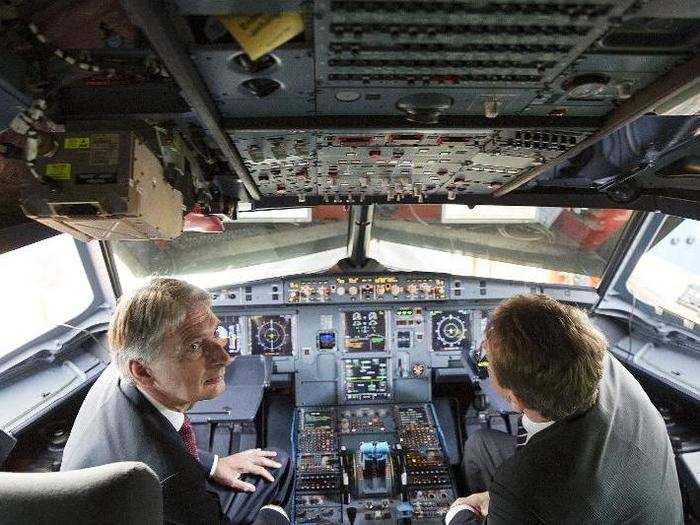
In 1985, Airbus poached John Leahy away from Piper to be its head of sales in North America. The hire was a stroke of genius. By 1994, the New Yorker had become the company's global head of sales.
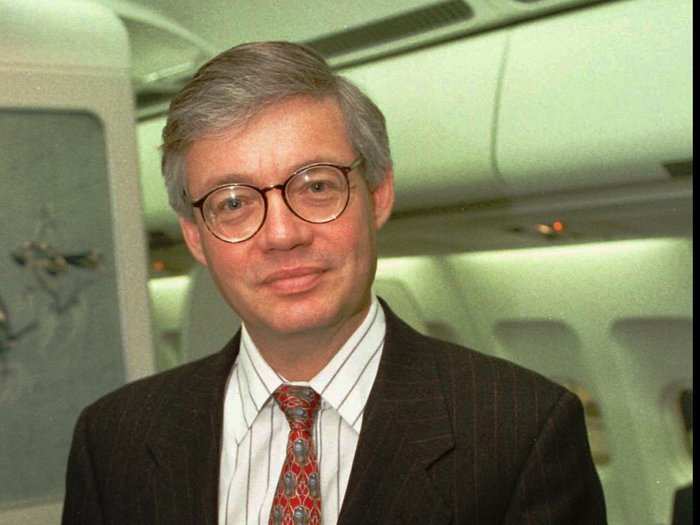
Leahy is known for his bold and daring sales campaigns. Often gunning for and successfully winning over even Boeing's most loyal customers. By the time Leahy retired in January 2018, he had helped Airbus sell more than $1 trillion worth of jets.
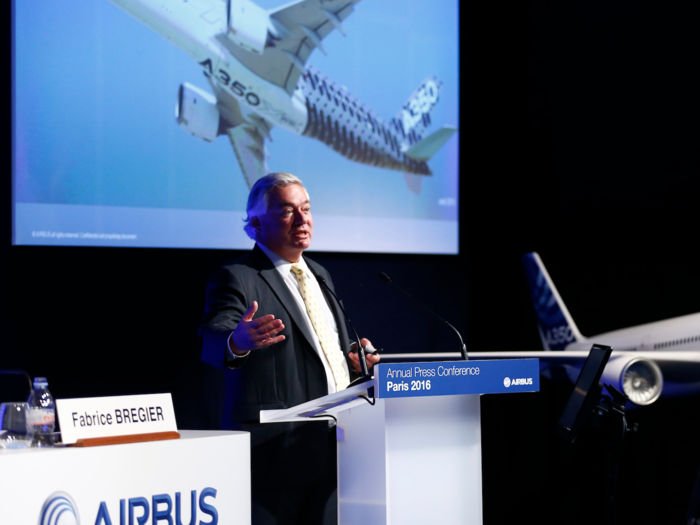
In an interview with the Seattle Times, Leahy recounted how he got Northwest Airlines, a loyal Boeing customer, to buy Airbus in 1986.
Leahy went with a strategy called "Buy small, think big" in which he told Northwest it could order just 10 A320s but receive the bulk discount of a 100 plane order. However, Leahy also told Northwest it would reserve delivery dates for 100 planes in case it wanted more.
And if Northwest didn't like the A320s, it's simply stuck with 10 planes while Airbus absorbs the risk for the rest.
The strategy worked. Northwest really liked the Airbus.
"They didn't just take 100, I think they got up to 145," Leahy told the Times.
In the early 1990s, Airbus launched two new widebody airliners with mixed results. The four-engine A340 first flew in 1991 while...
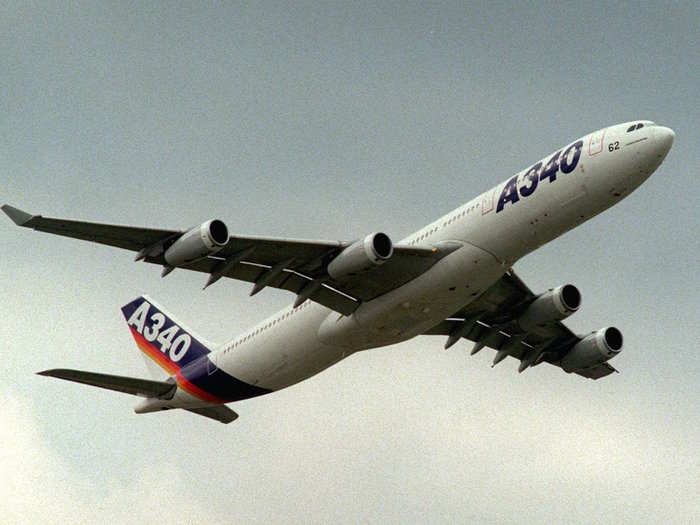
... The twin-engine A330 took to the air in 1992. The A340, launched at the end of the four-engine era, proved to be a commercial failure with just 377 sold. On the other hand, the A330 remains the company's best selling widebody jet with more than 1,700 ordered so far.
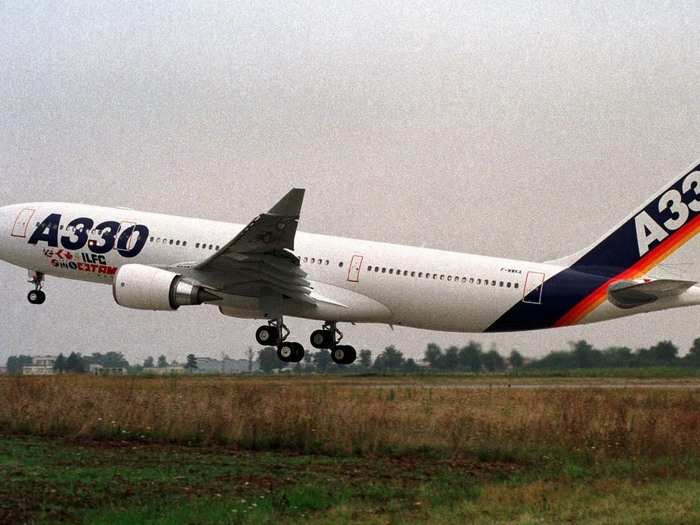
The A330 and the A340 are comparable in size. However, the A330 was designed for medium to long-haul flights while the A340 was designed for long and ultra-long-haul flying. But with increasingly capable modern turbofan engines, the less-expensive to operate A330 could effectively operate most of the A340's routes, rendering the latter obsolete.
In November 1996, Boeing dealt Airbus the first in a succession of setbacks. American Airlines signed an agreement that made Boeing its exclusive airplane supplier for 20 years. By June 1997, Boeing had managed to nail down similar 20 years agreements with both Delta and Continental.

In 1997, Boeing acquired rival McDonnell Douglas for $13 billion.
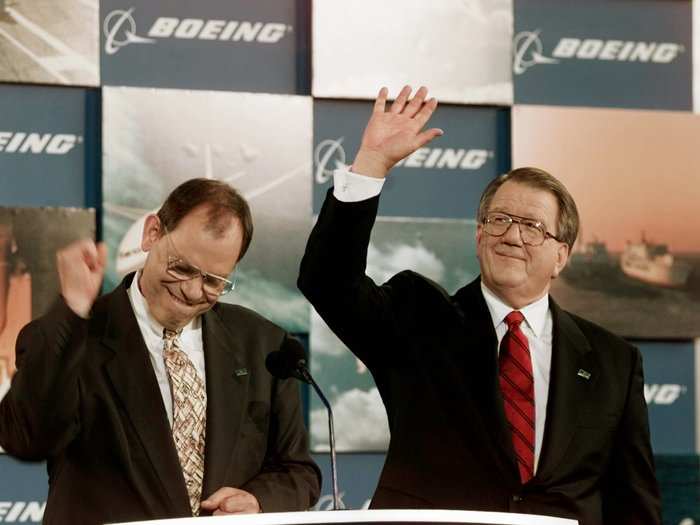
As part of the merger, Boeing promised the European Union Commission that it would drop the exclusivity clause from the contracts it signed with American, Delta, and Continental. However, it is believed the airlines and Boeing tacitly enforced the clause after the merger. American would not buy from Airbus again until 2011. Delta didn't place another order with Airbus until 2013.
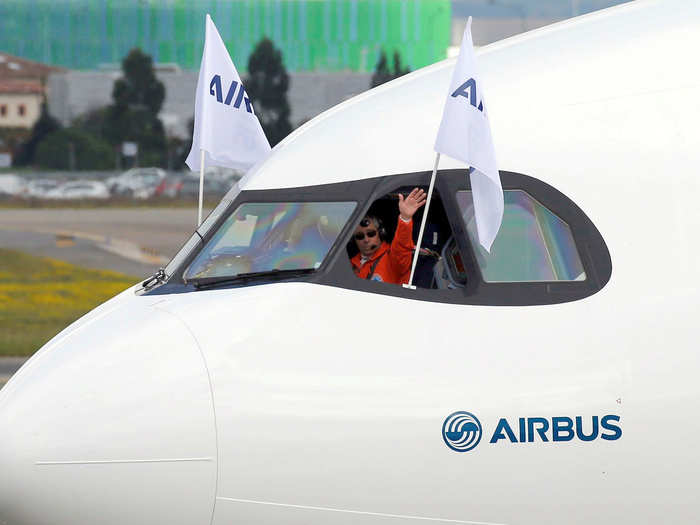
In the early 1990s, Airbus decided it was time to go big game hunting with a plane designed to best the Boeing 747-400.
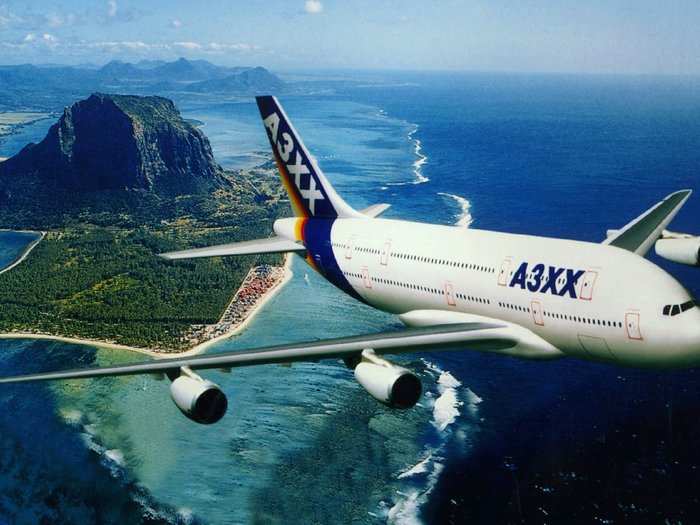
That plane became the Airbus A380 which launched in 2000. The double-decker A380 is the world's largest commercial airliner. Airbus expected the plane to be a game changer with grand visions flying casinos and luxury lounges.
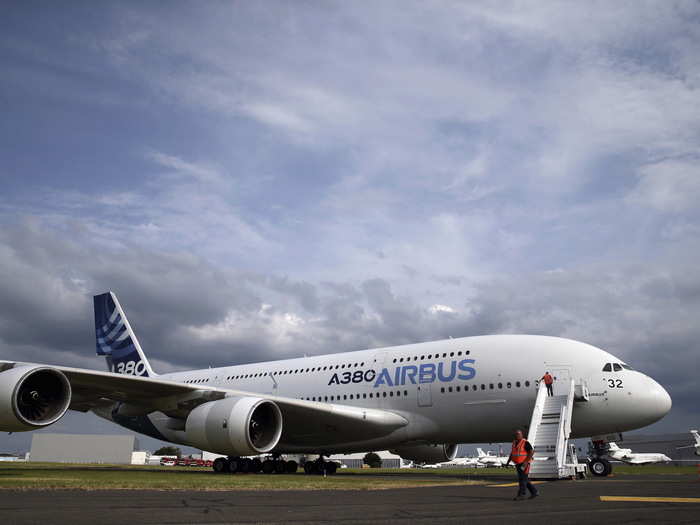
The A380 entered service with Singapore Airlines in 2007.
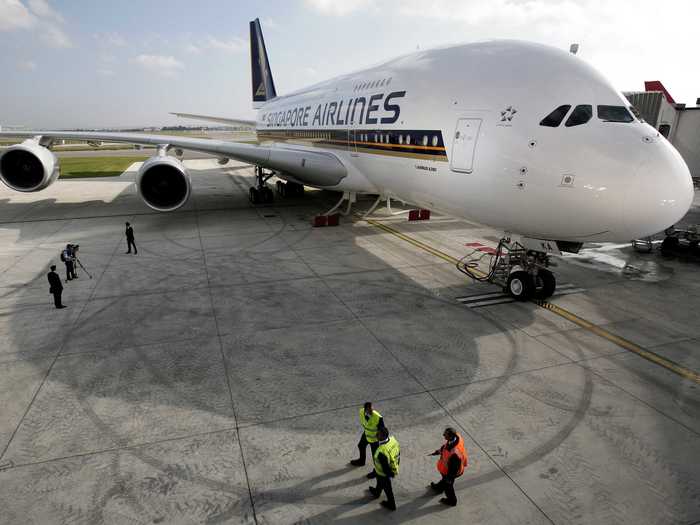
However, superjumbo found orders hard to come by. Since the early 2000s, Airbus has managed to sell less than 300 A380s.
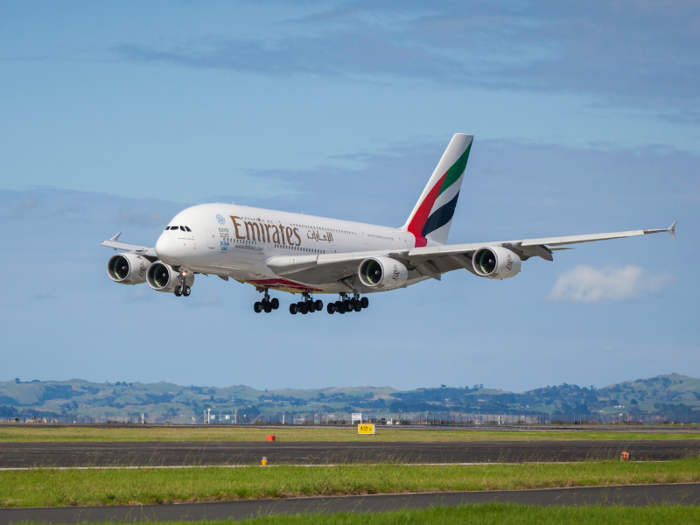
According to Teal Group analyst Richard Aboulafia, the A380 is the biggest mistake in the history of Airbus. Aboulafia believes the A380 is a poorly executed aircraft designed for a market that doesn't really exist. As a result, the $25 billion Airbus spent on the A380 program could have been better used elsewhere like on a rival for Boeing's next-generation 777X or a true replacement for the aging 757.
In December 2006, Airbus launched an all-new twin-engine, wide-body long-haul airliner called the A350XWB — XWB stands for "extra wide body."
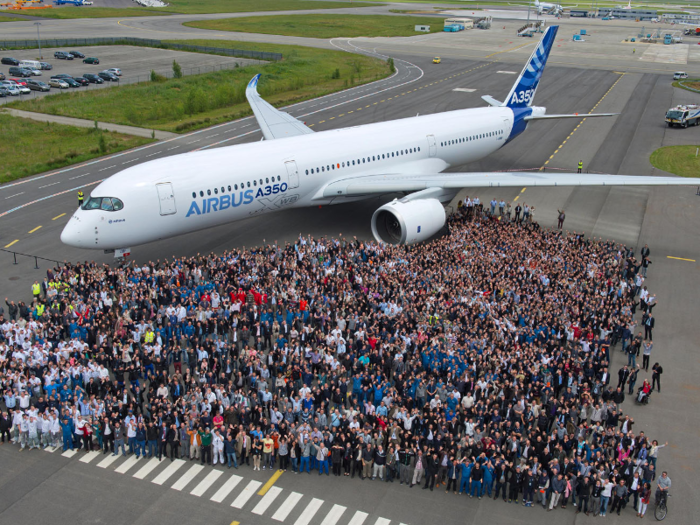
The carbon-composite A350 entered service in 2015 with Qatar Airways.
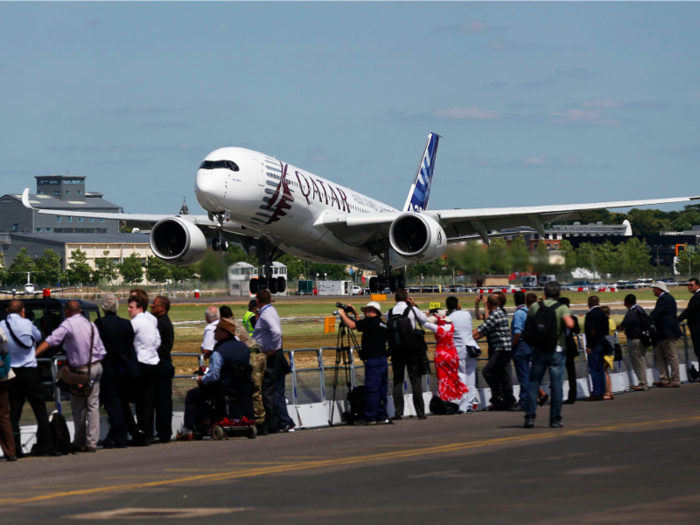
Airbus launched an updated second generation of the A320 dubbed the A320neo with new wings, avionics, and engines. Neo stands for "new engine option" in reference to the plane's new fuel-efficient engines.
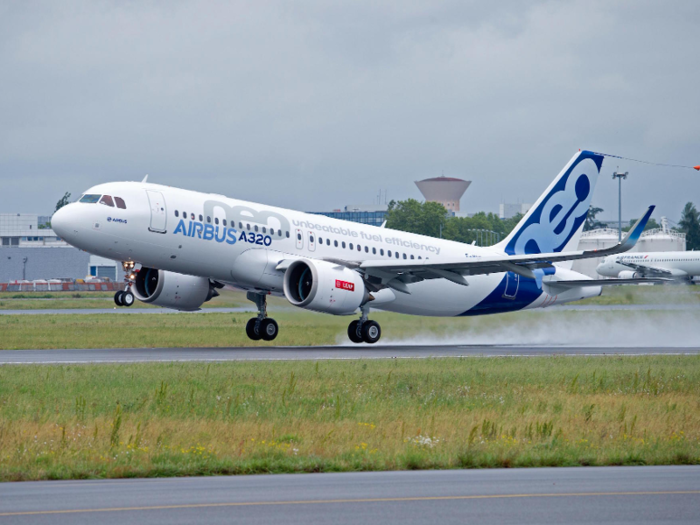
The A320neo entered service with Lufthansa in 2016.
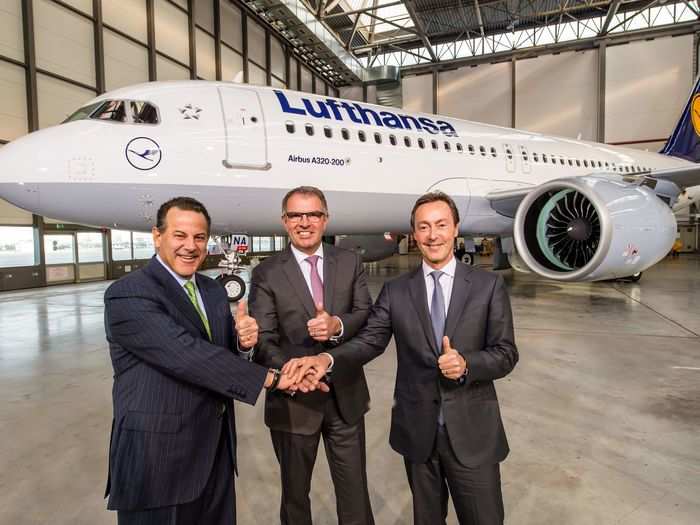
In 2014, Airbus introduced the second generation "neo" version of its popular A330 website.
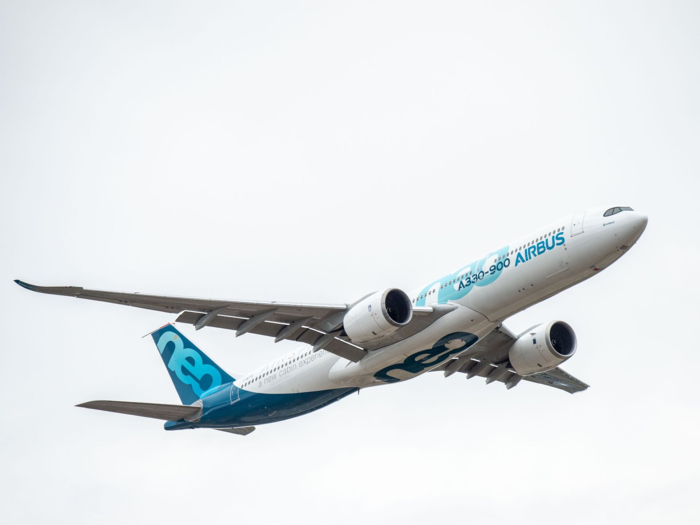
The A330neo entered service with TAP Air Portugal in December 2018.

In 2017, Airbus and Boeing went toe-to-toe again when the US manufacturer launched a trade complaint against Canada's Bombardier over sales of its innovative C Series airliner.
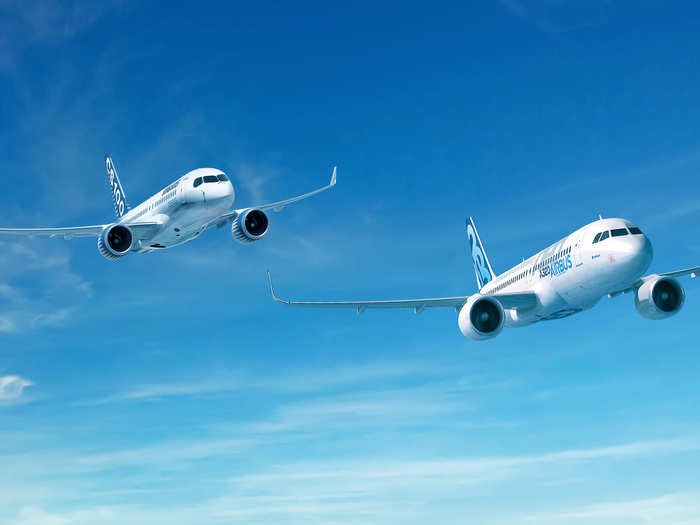
The US Department of Commerce threatened to levy a 299.45% tariff on the C Series jets after Boeing alleged Bombardier used Canadian government subsidies to lower its prices for Delta. Airbus jumped into the fray by taking a 50.1% stake in the C Series program and announced it would produce US-bound C Series planes at its plant in Mobile, Alabama thereby making it a domestically produced aircraft. The US International Trade Commission eventually found that Bombardier had done no harm to Boeing's business and scrapped the proposed tariff.
In July 2018, Airbus took full control of the C Series program from Bombardier and rebranded the innovative carbon composite jet the A220.
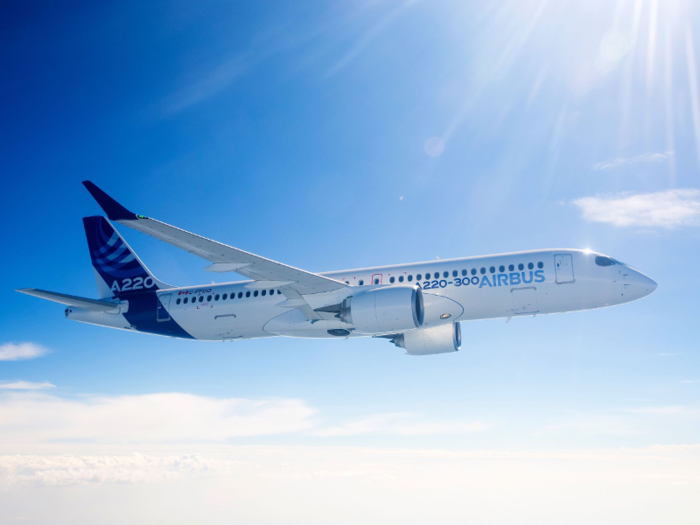
However, it's not all been new planes and smooth sailing for Airbus. In February 2019, Airbus announced that it will end production of its flagship A380 Superjumbo in 2021 after failing to finalize a crucial order from Emirates that was initially announced in early 2018.
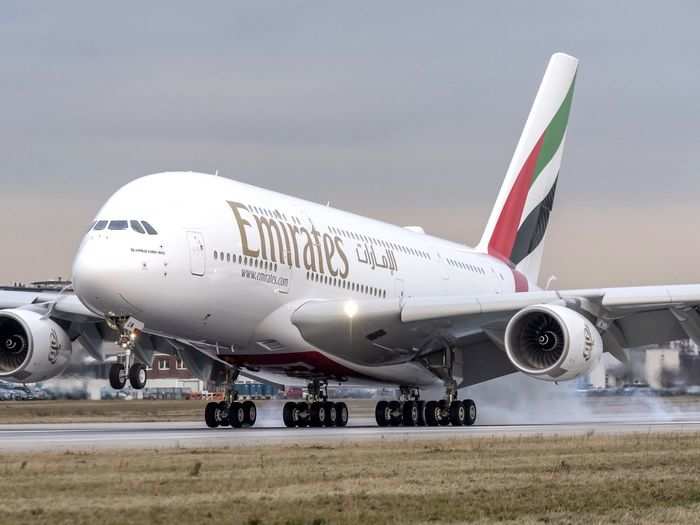
Airbus A380 production run is expected to end at just 251 aircraft
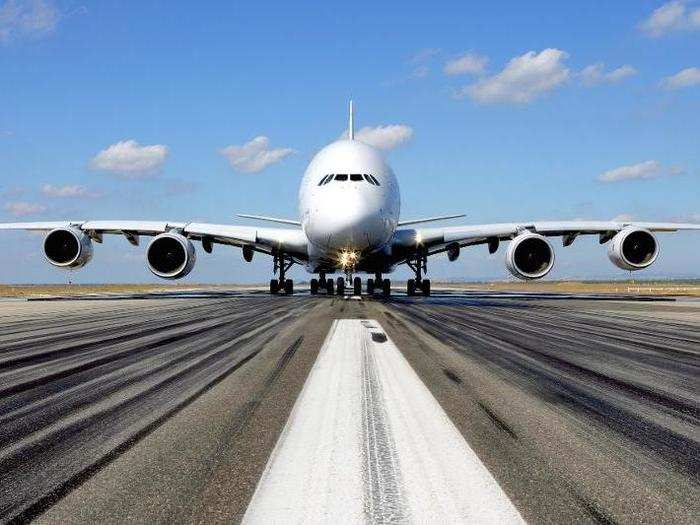
As Airbus looks towards the future, its narrowbody lineup will be headlined by the updated A320neo family, A320neo and...
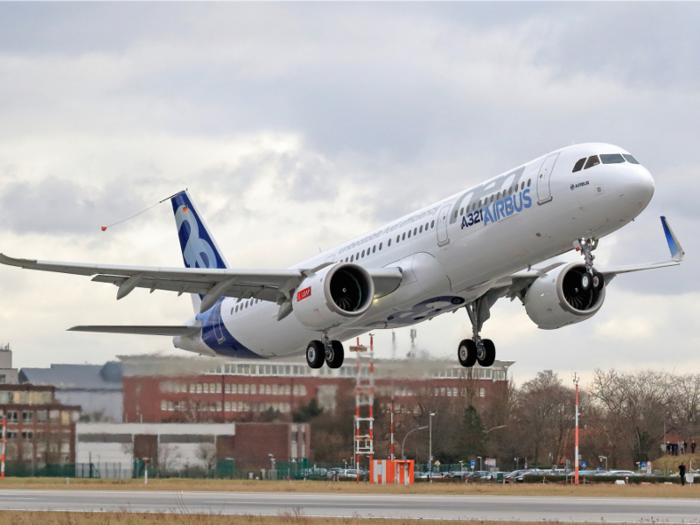
... the A220.
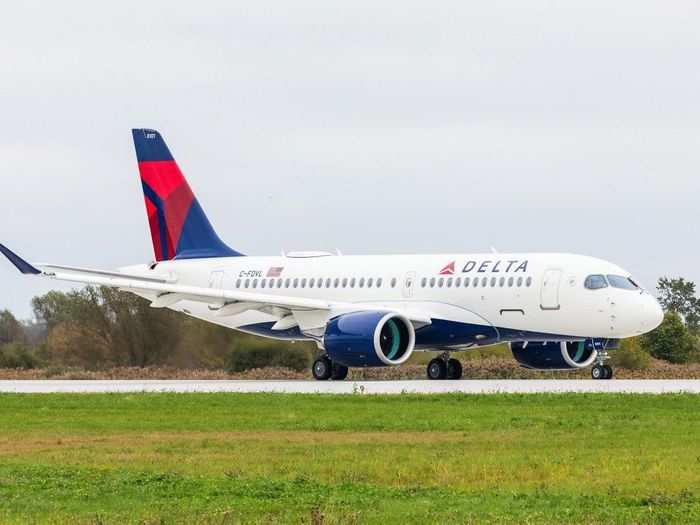
While is widebody fleet will be led by the A350XWB family of jets along with...
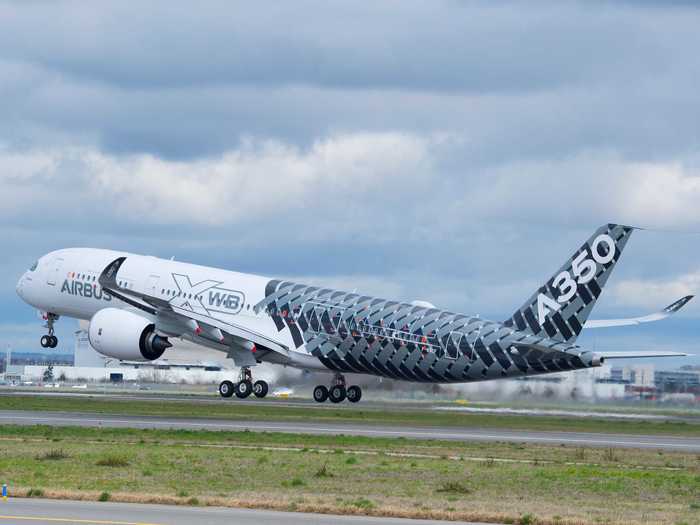
... The A330neo.
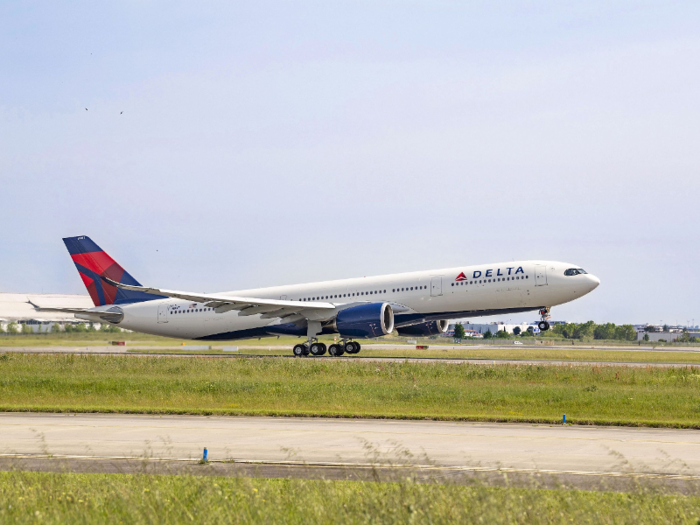
Popular Right Now
Popular Keywords
Advertisement